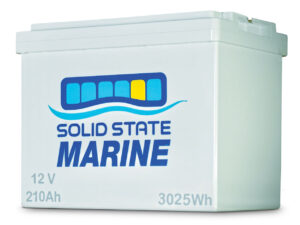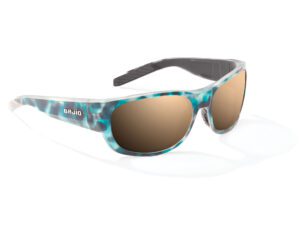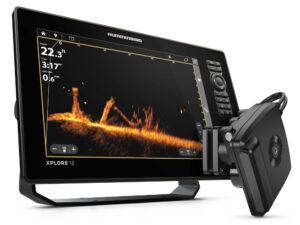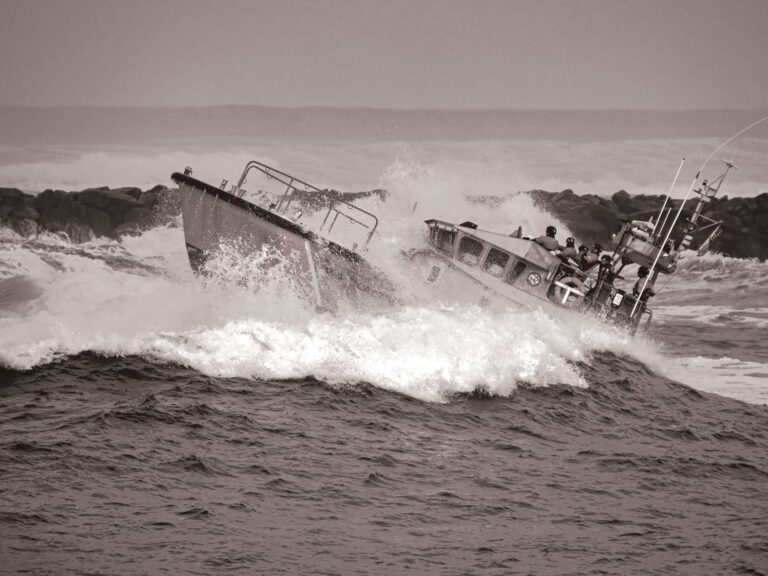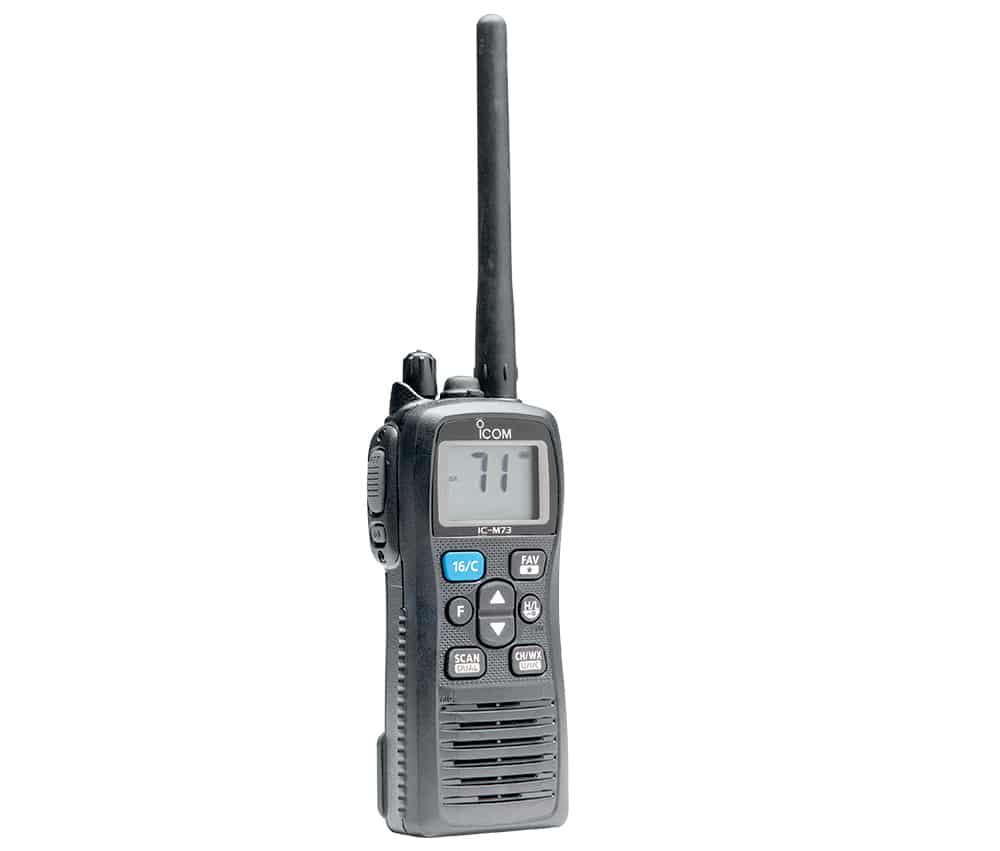
Q. What is the best handheld VHF radio to buy?
A. Here are the characteristics I look for in a top-of-the-line handheld VHF.
1. It should meet waterproof standards (IPX-8 is best; IPX-7 is acceptable), and it should float.
2. Look for a high-capacity lithium-ion (Li-ion) battery (1,000 mAh is good, 2,000 mAh or more is best) to ensure a long operating life before needing a recharge. Typical operation time of about eight hours is good; 16 hours or more is best.
3. It should have 5 to 6 watts of transmitting power.
4. Look for a rugged, high-impact case.
5. A two- to three-year waterproof warranty indicates the manufacturer has confidence in its product.
6. A built-in strobe light aids rescuers if you’re in a raft or in the water. It flashes the internationally recognized SOS emergency signal.
7. Make sure it comes with both 110-volt AC and 12-volt DC chargers for charging at home or on the boat.
8. A VHF/GPS combination handheld is a plus, giving you both communications and navigation capability in the palm of your hand.
Notable Handheld Radios
Here are some state-of-the-art handheld VHF radios to consider if you are in the market for one.
Icom’s M73-11 ($249) is a slim, shirt-pocket-size VHF that can transmit a full 6 watts of power and also records and plays back up to one minute of the last message received.
Standard Horizon’s HX870 ($249) is a VHF with a built-in full-function GPS. Its DSC feature lets you send a digital Mayday along with your position and your boat’s description, and signals an audible alert to all VHF radios with DSC in the area. The MOB (man overboard) function ensures prompt rescue by indicating the range and bearing of anyone who may have fallen overboard.
Lowrance’s Link-2 DSC VHF/GPS ($199) not only has built-in GPS and DSC functions, but it also has a Get Buddy feature that sends your position and distance to friends that are linked to you on your Buddy List.
Uniden’s Atlantis 295 dual-band VHF ($169) not only covers all marine VHF frequencies, but it can also transmit on 8 GMRS (General Mobile Radio Service; $70 license fee required) channels and 14 FRS (Family Radio Service; no license needed) channels as well. These bonus channels can be legally operated on land as well as on a boat and can also be used for semiprivate communications with family and friends, as well as a wireless intercom system on the boat.
Cobra Marine’s HR HH500FLT BT VHF ($159) has Bluetooth technology, which lets you pair your cellphone with the radio so you can operate your cellphone while you stow it high and dry and away from any contact with the water.
Handheld Radio Operating Tips
* For maximum range, keep your radio’s antenna in a vertical position.
* When speaking, hold your radio 2 to 3 inches from your lips.
* Turn your radio at a slight 30- to 45-degree angle and speak across the face of your radio rather directly into it. This will help you be best understood and avoid overloading the radio’s microphone and causing audio distortion.
* Speak clearly and a little slower and louder than you would in an ordinary conversation.
Extending Your VHF Operating Time
* Charge your radio’s battery before leaving port.
* Keep an extra charged battery on board, or an alkaline battery holder made for your radio and a supply of fresh AA alkaline batteries, so you can quickly replace your radio’s battery should it go dead.
* Carry a 12-volt DC cigarette-lighter charger to recharge your radio’s battery if needed when away from port.
* Develop the habit of transmitting on low power (1 watt) for your short-range communications to reduce battery drain and extend your operating time.
* When listening, reduce your volume control to a level where you can comfortably hear transmissions from others. Excessive volume can drain your radio’s battery.

